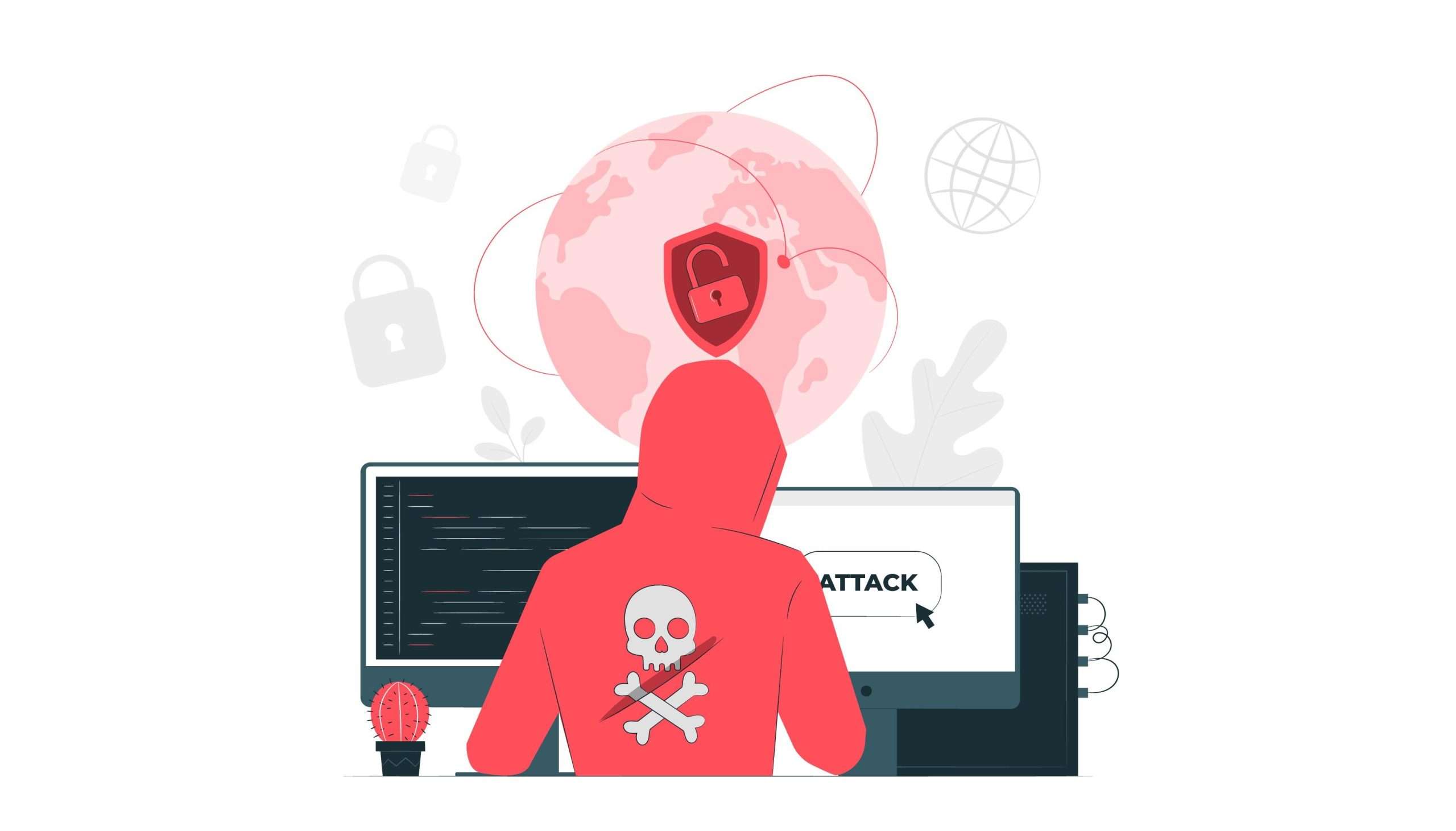Implementing a comprehensive cybersecurity policy can drastically reduce the risks and impacts of phishing attacks.
Practices such as user education, enforcing secure authentication measures, monitoring network traffic, and regular system updates form the core of a sound cybersecurity policy.
Collectively, these measures can aid in spotting phishing attempts, thus reducing the potential for successful attacks. 🚫🎣
What are the main components of a cybersecurity policy that combat phishing?
A robust cybersecurity policy often includes measures like secure authentication systems, information encryption, periodic system updates, and user training. These practices help identify and neutralize potential phishing threats before they can cause harm.
Authentication measures prevent unauthorized access, while encryption safeguards sensitive data.
Regular system updates keep security measures up-to-date, while user training educates employees about how to spot and report phishing attempts.
Furthermore, automated tools for monitoring network traffic form an essential part of a cybersecurity policy. These tools can help identify patterns consistent with phishing attempts, allowing for proactive threat mitigation.
How does user education help in preventing phishing attacks?
User education on phishing attacks empowers individuals to identify, avoid, and report potential threats. Most phishing attempts rely on exploiting user ignorance. Hence, a well-informed user base can help drastically reduce the rate of successful phishing attacks.
Topics of education usually include the identification of phishing emails, safe internet browsing practices, and secure password creation and management.
One of the commonly recommended practices is the avoidance of suspicious emails and websites. Teaching users to avoid clicking on links in suspicious emails, for instance, can help reduce the risk of landing on a phishing site. 🧠💡
How does secure authentication protect against phishing?
Secure authentication mechanisms like multi-factor authentication (MFA) are critical in preventing unauthorized access to sensitive information, which is the end goal of most phishing attacks.
If users’ credentials are compromised through a phishing attack, MFA can act as another layer of protection. 🔐
Consider updating to newer authentication methods that utilize biometrics, security tokens, or mobile device validation. These can provide higher levels of security and are less vulnerable to phishing attacks.

Why is it necessary to regularly update systems?
Consistently updating systems and software can shield against potential phishing threats. Most updates contain patches for recent security vulnerabilities that can be exploited by phishers.
Regular updates also mean that your systems are equipped with the latest security features, some of which could be specifically designed to combat phishing.
It’s crucial to ensure every device or software in use within the organization is updated promptly. Even a single outdated system can serve as an entry point for attackers.
Conclusion
A comprehensive and robust cybersecurity policy can significantly reduce the risk of phishing attacks. Key components include secure authentication, user education, regular system updates, and network traffic monitoring.
For a more detailed look at implementing a cybersecurity policy, refer to the ‘Cybersecurity Policy Implementation‘ article. 📖💻
As cyber threats continue to evolve, so too must our defenses. Understanding the complexities of cybersecurity and taking proactive steps can help safeguard your business from the damaging effects of phishing attacks.
- The Agentic Startup Manifesto - June 8, 2025
- Remote Hiring in 2025 - April 5, 2025
- Burnout in Remote Teams: How It’s Draining Your Profits - January 27, 2025
